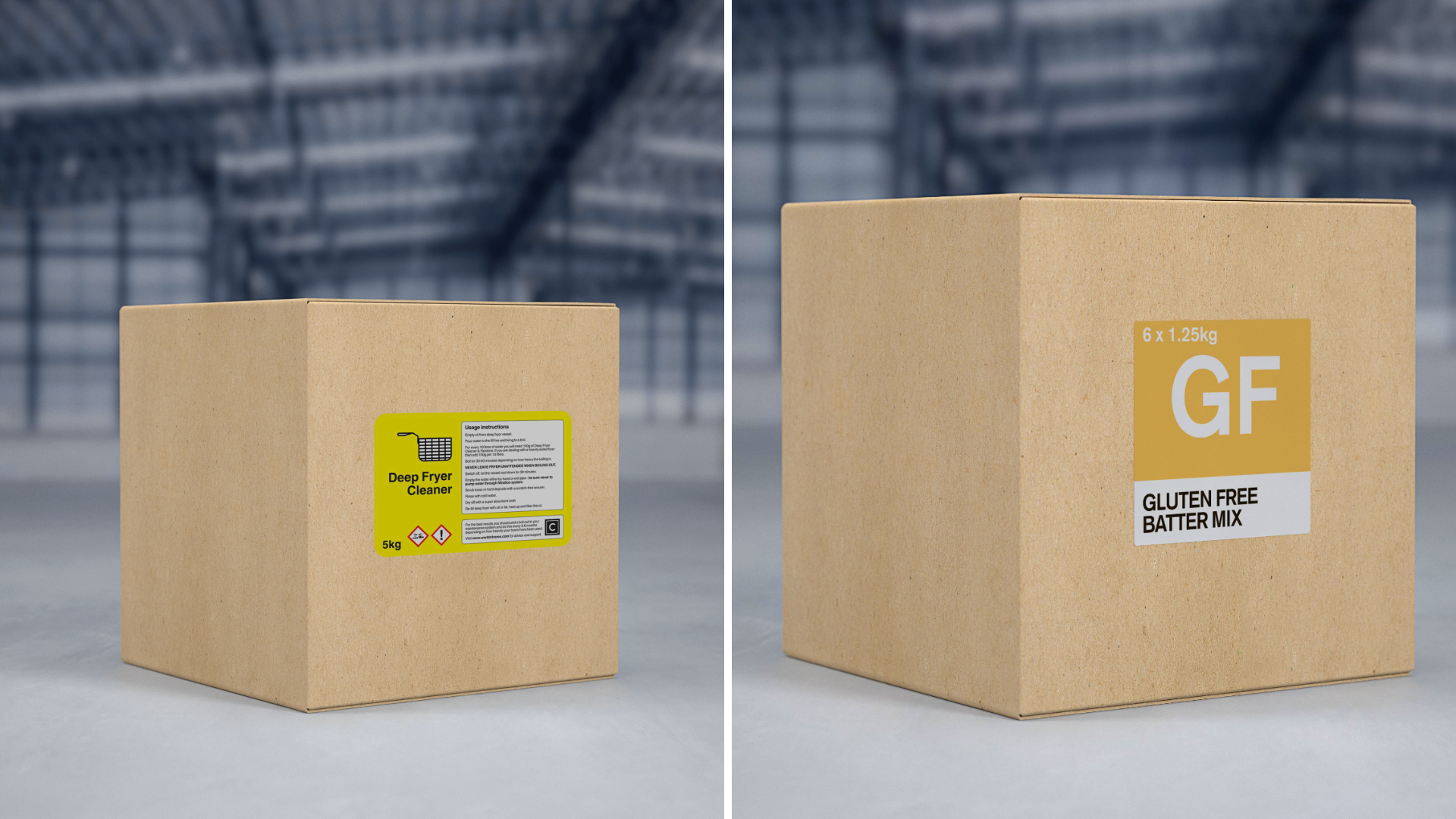A Tasty Tradition: Making Gluten-Free Fish and Chips
Posted by Emily on 7th Sep 2024 Reading Time:
If you're considering offering gluten-free fish and chips, this guide will help you make informed decisions. We'll cover everything you need to know, from essential equipment to practical tips.
Why Offer Gluten-Free Fish and Chips?
Catering to those with coeliac disease or gluten intolerance can significantly boost your business. With 1 in 100 people in the UK affected by coeliac disease, this market represents a potential £100 million industry. Families and friends of those with the condition are likely customers, enhancing your reach and revenue.
Whether you're already offering gluten-free options or need to make slight adjustments, investing in gluten-free catering is worthwhile. Understanding the basics of cross-contamination and ingredient control is crucial but manageable with the proper training.
Making It an Everyday Affair
Offering gluten-free fish and chips daily might seem challenging, but it's manageable with a few strategic steps. The key is to invest in a tabletop fryer dedicated to gluten-free cooking and place it in a safe, designated area to avoid cross-contamination. Although this requires a small investment, it builds customer trust and loyalty.
Contamination risks are reduced when gluten-free frying is separated. Since gluten-free options don't need to match the capacity of your main frying station, a smaller setup will suffice. Encourage customers to call ahead, allowing you to preheat the oil from standby to frying temperature. Always use red utensils to distinguish gluten-free equipment, wrapping them in red electrical tape if necessary.
Less Frequent, More Manageable Options
If gluten-free offerings seem too demanding, consider weekly, fortnightly, or monthly gluten-free days. This approach simplifies the process but requires strict protocols:
1. Safely dispose of used oil.
2. Thoroughly clean fryers with a boil-out.
3. Refill pans with fresh oil or fat.
4. Fry and serve using red utensils.
On gluten-free days, avoid serving wheat-based products to eliminate contamination risks. Even a tiny amount of gluten can harm someone with coeliac disease. Opt for products like Ceres Gluten Free Batter Mix for consistency and safety.
Tips for Serving Gluten-Free Fish and Chips
- Boil out fryers thoroughly with Ceres Deep Fryer Cleaner to remove any gluten traces and other proteins.
- Use new, clean oil to fry gluten-free products.
- Consider a dedicated fryer for gluten-free items.
- Use separate red tongs and red utensils to avoid cross-contamination.
- Check labels on all foods for gluten-free suitability, including sausages, ketchup, sauces, and more.
- Use the Ceres Gluten Free Labels to reassure customers about their meals.
- Note that salt and vinegar (non-brewed condiment) are gluten-free, and barley malt vinegar is processed to be safe for those with coeliac disease, although it must be labelled as containing barley.
Understanding Coeliac Disease
Coeliac disease is an autoimmune condition triggered by gluten, damaging the gut and hindering nutrient absorption. Symptoms include anaemia, bloating, diarrhoea, nausea, and constipation. The only treatment is a strict gluten-free diet.




